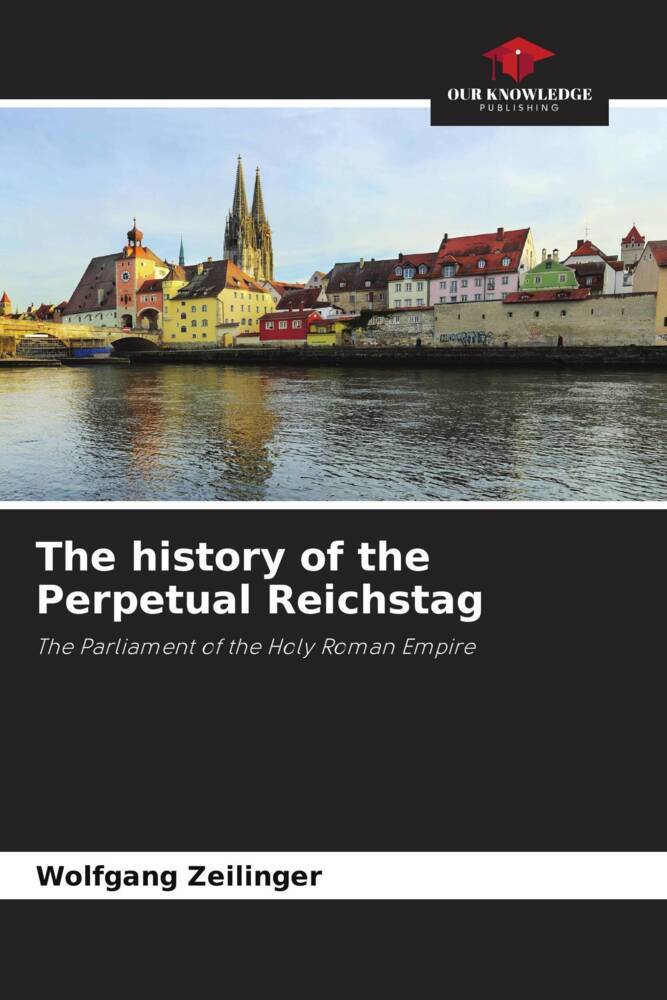
Zustellung: Mo, 21.07. - Mi, 23.07.
Versand in 2 Tagen
VersandkostenfreiBestellen & in Filiale abholen:
This book examines the transition from the Reichstag assemblies of the 16th century, which were still convened on a case-by-case basis for several months at a time, to the Perpetual Reichstag. Like the earlier assemblies, this Reichstag was also planned and was intended primarily to defend against the Turkish threat. However, some constitutional issues had not been fully negotiated in the Peace of Westphalia after the Thirty Years' War and had been referred to the next Reichstag. These issues could not be fully resolved at the first Reichstag after the peace and were referred again. In 1663, the Reichstag was finally opened in Regensburg and remained in session until the end of the Holy Roman Empire. In contrast to previous Reichstag assemblies, a congress of envoys developed, at which the estates of the empire were no longer personally present. However, as this was never formally intended, the book attempts to clarify how the permanence of the perpetual Reichstag came about and examines the extent to which the Reichstag changed as a result of this permanence.
Produktdetails
Erscheinungsdatum
01. Juli 2025
Sprache
englisch
Seitenanzahl
124
Autor/Autorin
Nobaya Ahmad, Abdolrahim Asadollahi
Verlag/Hersteller
Produktart
kartoniert
Gewicht
203 g
Größe (L/B/H)
220/150/9 mm
Sonstiges
Großformatiges Paperback. Klappenbroschur
ISBN
9786207467310
Entdecken Sie mehr
Bewertungen
0 Bewertungen
Es wurden noch keine Bewertungen abgegeben. Schreiben Sie die erste Bewertung zu "Social Quality and Social Well-Being of Older Adults" und helfen Sie damit anderen bei der Kaufentscheidung.









